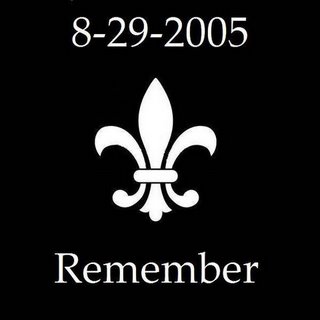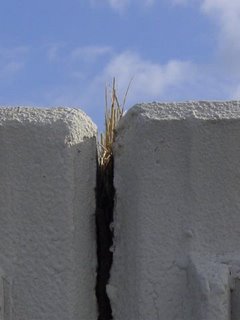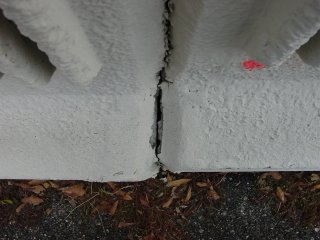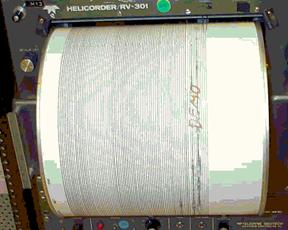THIS IS NOT A FALSE ALARM/THIS IS NOT A TEST
I have read a number of things this week, some from New Orleans
bloggers and some from other sources, that has brought to my
attention something I knew was going to happen one day:
Insurance companies will force us to change
how and where we live.
But I really didn't expect one of the first places that it would
happen is the place I grew up.
To give you some background, I have been rubbing shoulders
with insurance company types since I was finishing up my PhD.
I've had headhunters from USF&G (now part of St Paul Travelers)
and RMS talk to me about job possibilities. And I've sat
through many many talks on natural disaster PML (Probable
Maximum Loss). I know the tail of the distribution that keeps
the insurance types awake at night.
I understand why no one in New Orleans likes the RMS study
on flood risk. I also read the study (twice) and have a very
good idea how they came up with their numbers. And after
I stopped cursing and crying I have to admit that they are
basically right. If New Orleans and south Louisiana follow
"business as usual" (preparing for the last hurricane, not the
next), something worse than Katrina happens the next time.
But it's not just New Orleans that has to worry about this.
From the RMS study:
Then there is a much longer list of cities at risk from rising
sea levels and more intense storms, including cities all along
the U.S. Atlantic and Gulf coasts.
One of those places is here: Charleston, South Carolina.
Barre Street, on the west side of the peninsula, wasn't
built below high tide. But it floods during a spring tide - I
saw water in the street there just yesterday (and no, it
wasn't raining). The problem is the Atlantic Ocean is a
foot higher in Charleston harbor than it was 100 years
ago (you can see Charleston tide gauge data here).
Students in one my classes this semester also looked at
the tide gauge data up and down the coast and it's the
same story from Delaware down to Florida. Sea level
rise isn't a prediction, it's a measurement.
And for that reason, the insurance problem New Orleans
is facing is also happening to everyone else on the coast.
I'm sorry folks but it's time to stop pretending that
climate change is something that might happen and
start acting like it is happening. Cause it is. Sorry
Dangerblond, but you're going to have to give up the
Exploder for something more fuel efficient (and
hopefully less flammable).
And since Neil Peart (whom I've stolen the title of
this post from) has something hopeful to say in
even his most depressing songs, I'll end with the
finale of "Red Tide":
Now's the time to turn the tide
Now's the time to fight
Let us not go gently
To the endless winter night
Now's the time to make the time
While hope is still in sight
Let us not go gently
To the endless winter night




 Why does this matter? Two reasons, one fortunately hypothetical and the other very real. First, if the west (Metairie) side levee of the 17th Street Canal had given way before the east (Orleans) side, a vastly larger part of the New Orleans metro areas floods. Orleans Parish's fate is already sealed by the London Avenue levee breaches, but a breach on the west (Metairie) side of the 17th Street Canal floods all of the East Bank of Jefferson Parish. More people die, more homes and businesses are destroyed, and basically New Orleans is even more screwed than it actually was. More people need to rescued, but staging areas like Zephyr Field and triage/evacuation centers like the Louis Armstrong Airport are under water. Think of it this way: more people need help but help has alot harder time getting to them. That ~10,000 dead number starts to look more like a realistic estimate under those conditions.
Why does this matter? Two reasons, one fortunately hypothetical and the other very real. First, if the west (Metairie) side levee of the 17th Street Canal had given way before the east (Orleans) side, a vastly larger part of the New Orleans metro areas floods. Orleans Parish's fate is already sealed by the London Avenue levee breaches, but a breach on the west (Metairie) side of the 17th Street Canal floods all of the East Bank of Jefferson Parish. More people die, more homes and businesses are destroyed, and basically New Orleans is even more screwed than it actually was. More people need to rescued, but staging areas like Zephyr Field and triage/evacuation centers like the Louis Armstrong Airport are under water. Think of it this way: more people need help but help has alot harder time getting to them. That ~10,000 dead number starts to look more like a realistic estimate under those conditions.